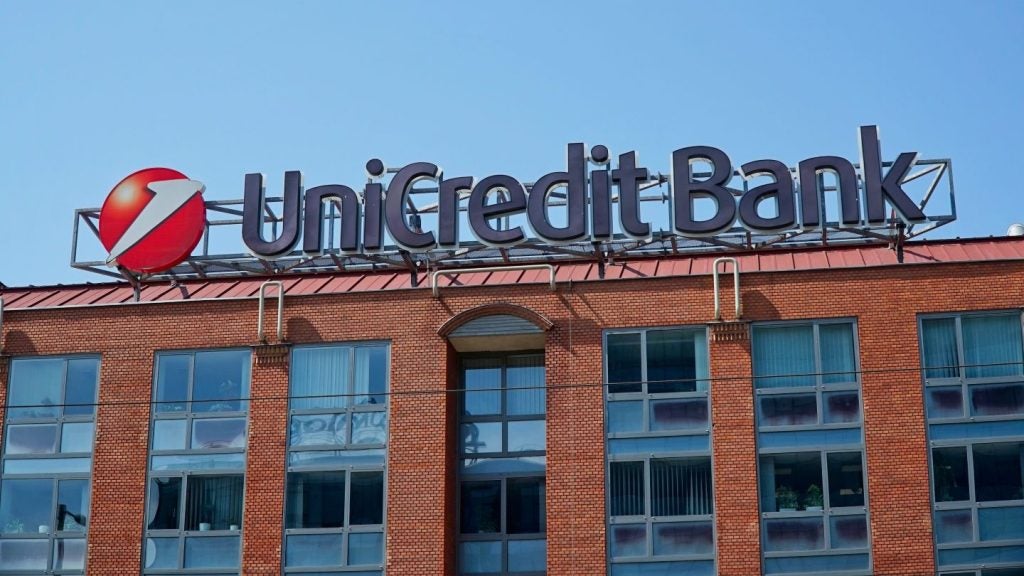
The Federal Council of Switzerland has proposed to completely privatise state-owned lender PostFinance, contrary to initial plans to divest a minority stake.
PostFinance, a part of the public Swiss Post group, has 2.7 million customers and CHF120bn ($135bn) in assets, making it the biggest bank in the country.
Despite having a banking licence, the subsidised bank cannot offer loans and mortgages on its own balance sheet.
The Swiss government wants the bank to grant loans and mortgages to customers.
Hence, to be able to lend PostFinance should be privatised and separated from the Swiss Post Group.
Three steps to privatisation

US Tariffs are shifting - will you react or anticipate?
Don’t let policy changes catch you off guard. Stay proactive with real-time data and expert analysis.
By GlobalDataPostFinance’s privatisation requires lawmakers to make three changes to the Postal Services Organisation Act.
According to the current laws, Swiss Post should be a majority shareholder in PostFinance to authorise the state bank to grant loans and mortgages.
This requirement must be removed from the Act, in addition to the provision that bans PostFinance to do so.
Second, PostFinance should be freed from the mandate to render “universal public services” as it is integrated into postal and payment services.
Lastly, a provision must be added to the Act, which will allow the state to support Swiss Post in implementing the “too big to fail” legislation.
This will require the bank to hold higher capital, which Swiss Post and PostFinance cannot provide due to their reduced earning power.
In a statement, the Federal Council said: “Due to their reduced earning power, Swiss Post and PostFinance cannot provide the additional capital required by the banking watchdog FINMA in full and in a timely manner from their own resources.
“Therefore, the state as the indirect owner is to provide an assurance that it will cover the remaining equity gap in the event of bankruptcy.
“This assurance should be limited in terms of time and amount and compensated at arm’s length conditions.”







